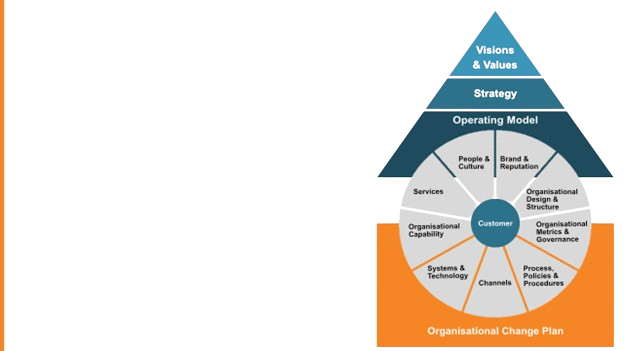Design and Operating Models
How organizations structure their operations, governance, and delivery? Are the frameworks for creative problem-solving and innovation are well implemented? Novera Solutions approaches help you design customer experiences and services delivery.
We design models to bring frameworks for approaching problems and creating solutions and we come up with strong operating models to define how to deliver values into your organization.

Design Models
Novera solution Design Thinking goes through the most widely used five stages:
- Empathize: Understand user needs through research
- Define: Clearly articulate the problem
- Ideate: Generate creative solutions
- Prototype: Build tangible representations
- Test: Gather feedback and iterate
To determine the needs of your organization and bring the results you expected.
Novera Double Diamond Model
divides the process into four phases: Discover, Define, Develop, and Deliver, emphasizing divergent and convergent thinking. We also use Lean UX to integrates user experience design with Agile methodology, focusing on rapid experimentation and validated learning.
Operating Models
Defining how to deliver Values into an organization makes us go to the
Core Components that typically include:
- Organization structure (how teams are arranged)
- Process architecture (how workflows)
- Technology infrastructure (systems and tools)
- People and culture (capabilities and behaviors)
- Governance (decision-making authority)
We go to different common types of operating models:
- Centralized: Tight control, standardized processes, efficiency-focused
- Decentralized: Autonomy, local decision-making, flexibility-focused
- Federated: Balance between central coordination and local autonomy
- Platform: Shared services model with specialized capabilities
Target Operating Model (TOM) is a blueprint describing the desired future state of how an organization operates to achieve its strategy.
How we build your operating model?
- Map your value chain: How does work flow from customer order to delivery?
- Identify bottlenecks: Where do things slow down or break?
- Define critical roles: What capabilities must you have in-house vs. outsource?
- Set simple metrics: Track what matters (revenue, customer satisfaction, delivery time)
- Build in review cycles: Monthly check-ins to adjust what's not working


